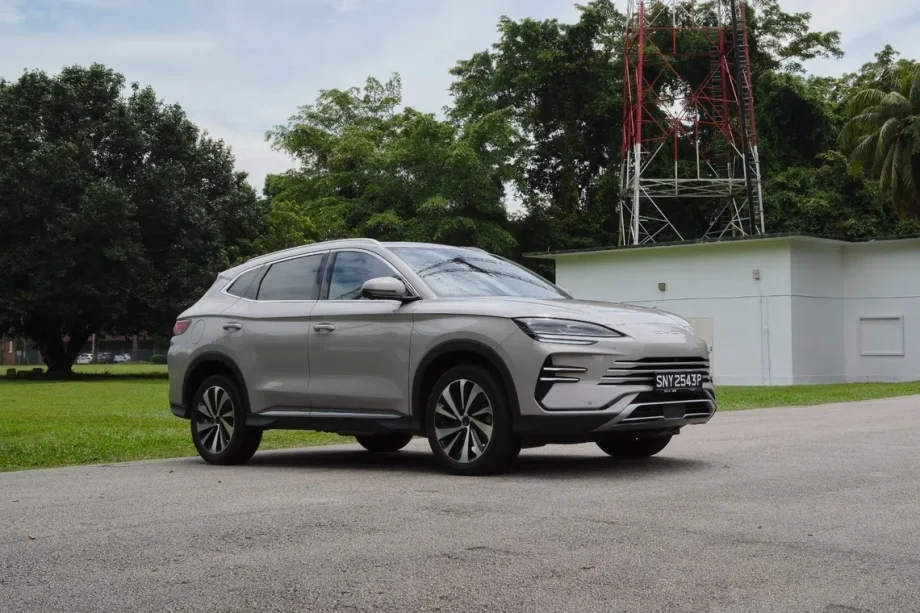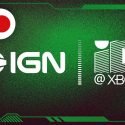Charging is probably the biggest issue that is keeping some drivers from committing to an electric car. Driving is a deeply personal activity, and some drivers either don’t have easy access to a charger or they don’t want to deal with the charging times associated with electric cars. BYD is attempting to address these users with the Sealion 6 DM-i, a plug-in hybrid that, on paper, seems to offer the best of both worlds. I took it for a spin over the weekend to see if that’s really the case.
Styling

Most would consider the Sealion 6 to be handsome, but there’s also something generic about the way it looks.
Photo: HWZ
There’s no question that the Sealion 6 shares styling cues with its all-electric sibling, the Sealion 7. To my eyes, the Sealion 6 DM-i looks more slender. This is confirmed by taking a glance at their spec sheets and looking at their dimensions. The Sealion 6 is a tad shorter and narrower. Some would say it’s a handsome car, which I agree, but then there’s also something slightly generic about the way it looks. Nothing about it stands out, which I suppose is a good thing if you want to blend into traffic and not draw too much attention. Furthermore, it only comes in four colours (Delan Black, Harbour Grey, Arctic White, and Stone Grey) and they are a little bland.
Practicality
The Sealion 6 is a mid-size SUV that is roughly the size of a Tesla Model Y or Toyota Harrier. For most families, space should not be an issue. Rear leg and head room are good. I’m 1.8 metres and I can sit in the back comfortably, even with the front seat in my driving position. The boot is of a decent size, even if it’s not quite as big as some of its rivals. It’ll more than suffice for road trips up north. And if you need more room, you can always fold the rear seats down. With the seats down, the carrying capacity expands from 425L to 1,440L.
Because the Sealion 6 is based on an older model in China, the interior is a bit more conventional than its newer siblings. Some might say it looks a bit dated, but I say it’s functional. For example, you still have buttons on the centre console and a gear knob. The aircon vents are also manually adjusted, which are much more straightforward to use than some models which rely on the infotainment display for adjustment.

The boot might be smaller than its rivals, but it’s still large enough for most families.
Photo: HWZ
Speaking of which, the infotainment display is 15.6 inches, and like most other BYD cars, it can rotate to be used in a portrait orientation. I didn’t find that to be useful since I rely on Apple CarPlay, which can only be used in a landscape orientation. The car also supports wireless Android Auto. The front seats are ventilated, which is great for our torrid weather. On the whole, the Sealion 6 is well-equipped, and the only feature I wish it had was a heads-up display.
How does it perform?

Under the bonnet is a 1.5-litre naturally-aspirated engine.











